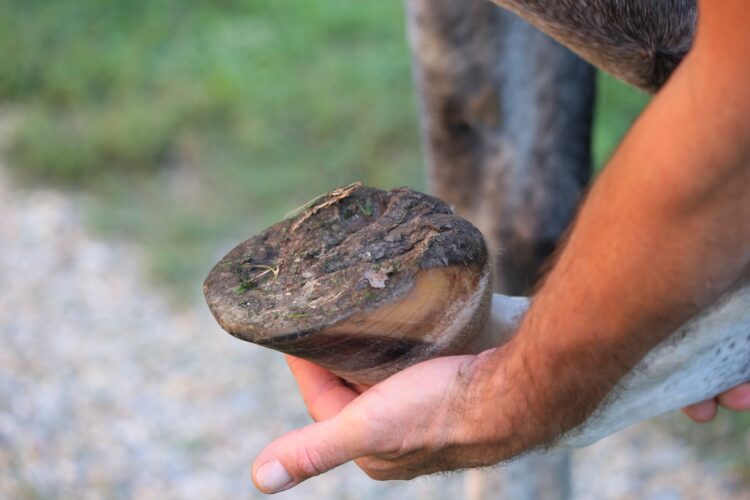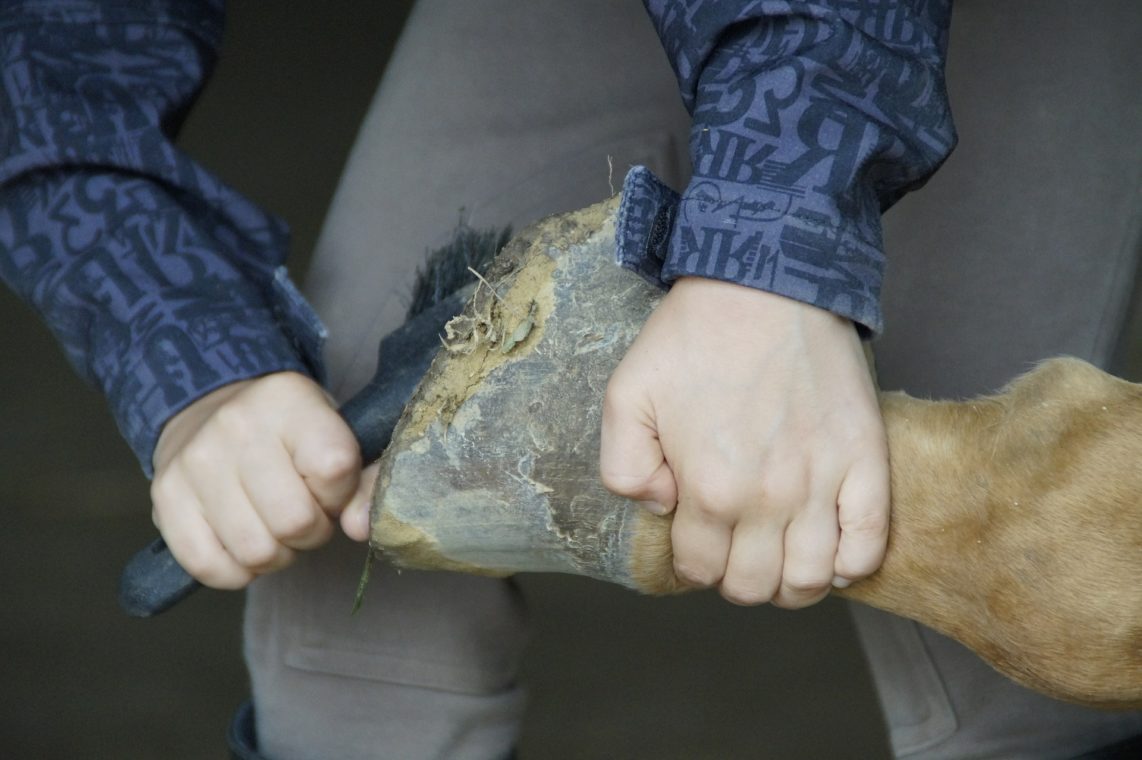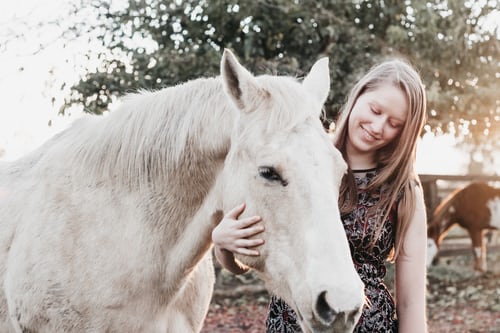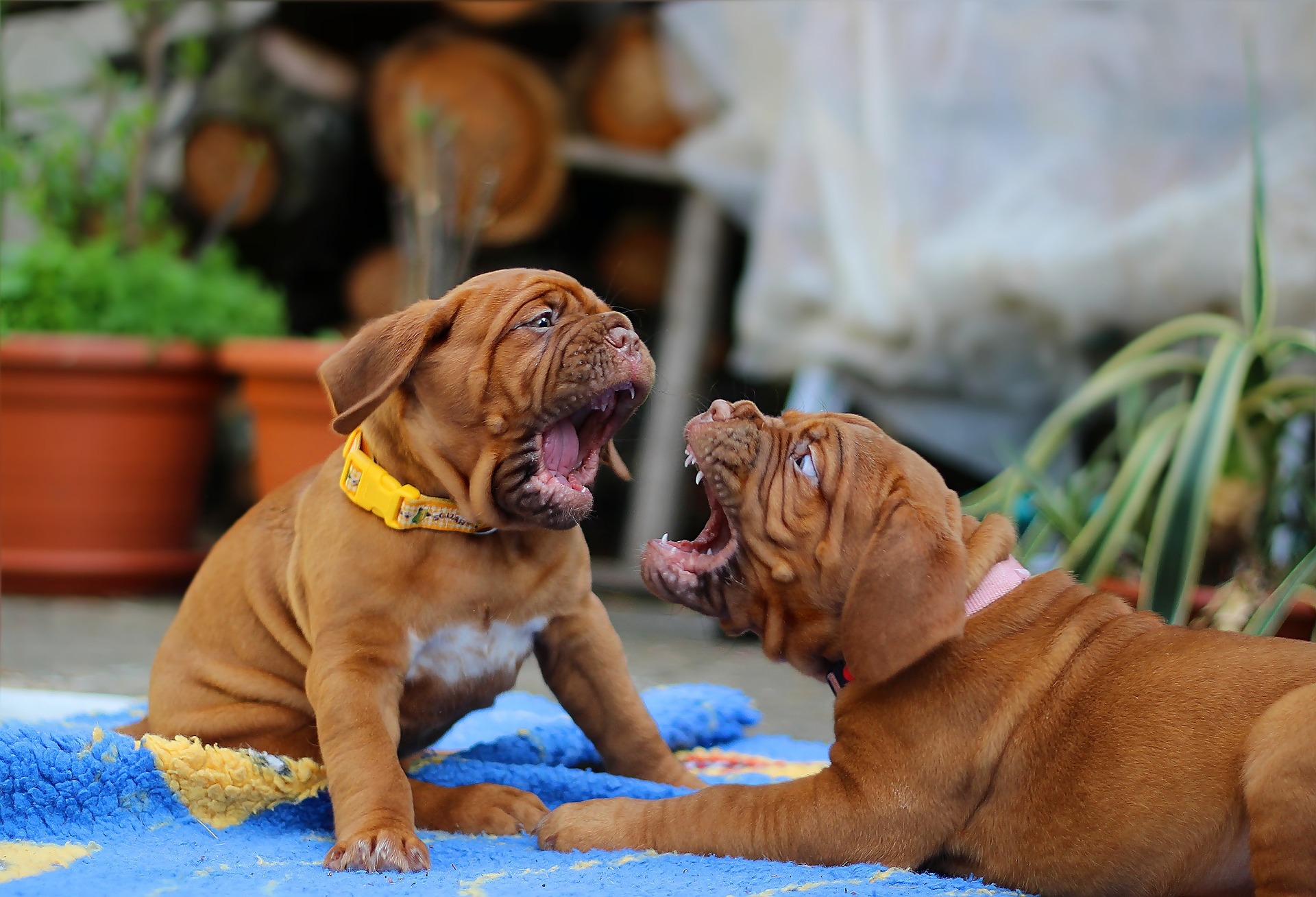Table of Contents
An educational collection of articles on thrush in horses
Brought to you by http://www.TheHorse.com/
BRUSHING UP ON THRUSH
Winter is here and, for many areas of the country, that means the onset of wet weather, a reduction in riding, and more stall time for horses. For some owners, it’s less time spent with their horses and more time spent snugged up on the couch with the remote. All of which could mean an uptick in the risk of your horse developing thrush–that gunky, smelly, black discharge oozing from the bottom of his hoof. Continue reading…
THRUSH DIAGNOSIS AND TREATMENT
You’ve seen it many a time–a horse gallops across a field and dirt clods fly every which way. With normal activity, your horse’s hooves are subject to a natural cleansing process that scours the bottom of the hoof and removes debris collected there. Any reason for inactivity, such as lameness or constraints on exercise and turnout, can influence how successful the natural cleaning action is that comes with moving across dry ground. It doesn’t require a fast run to accomplish this; even just regular movement at a walk and trot will be beneficial. Continue reading..
THRUSH PREVENTION
Thrush is a very common word for those of us who have spent any amount of time around horses. It is one of the more common diseases of the equine hoof. But does everyone know what thrush is? How do you prevent it, or how do you treat it once it has set up shop within your horse’s hooves? Continue reading…

ASK THE VET: CLEAN HOOVES BEFORE TREATING THRUSH
Q. My 13-year-old Morgan has had very bad thrush for six years. The most recent treatment our vet recommended is soaking the feet in Epsom salts and packing them with iodine-soaked gauze. He’s stalled when it’s wet, and the stall is cleaned daily. We’ve tried this for about six weeks; as with the other treatments, we’ve seen little to no improvement.
Do you know any other treatments or possible solutions?
A. Read the response from A.C. Asbury, DVM, Dipl. ACT.
BUILDING BETTER HOOVES
At some point, probably all of us have used some type of product to try to improve our horses’ feet. And many of us haven’t seen the results we wanted, so perhaps we tried another. And another. Despite our best efforts, some of us despair of ever having horses with those tough feet that don’t crack and hold all the shoes until the farrier’s next visit. One of our online readers put it best: “I need a miracle!” Continue reading…
THRUSH
FACT SHEET: Thrush is a common infection of the horse’s hoof characterized by a black, necrotic, foul-smelling material. The central or collateral sulci (grooves) of the frog of the hoof are typically affected, but in severe cases thrush can also invade the white line, sole, and sensitive layers of the foot, potentially resulting in permanent lameness. Download this free fact sheet now.
This article was previously published June 27, 2013, and was updated on November 21, 2022
Are you interested in learning how to communicate with animals?
Then you’ll want to check out The Heart School of Animal Communication®.
Click Here to see the courses – take a look and choose what most appeals to you.
If you are a newbie, then we highly recommend starting with the Beginning Core Foundations Course.
If you’re still not convinced of all the benefits of communicating with animals, click here to learn all the great reasons you should begin learning how now!
Download my FREE Ebook Hidden Secrets to Communicating with Horses – just click on the picture below!
Enjoyed this article? Here are three more to help you:
How To Help Your Horse’s Winter Colic
Can Iodized Salt Help Make Your Horse Healthier?
12 Things You Didn’t Know About Elise Gaston Chand and Horse Whispering







Leave a Reply